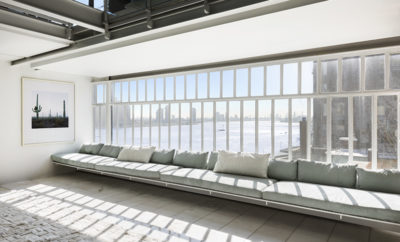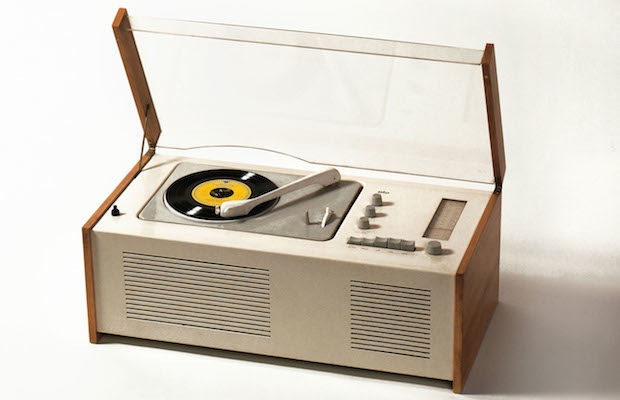 Interfoto/Alamy
Interfoto/Alamy
Design
Dieter Rams: Obsolescence Is a Crime
GIVEN DIETER RAMS’S AMAZING influence on world design, it’s remarkable that there hasn’t been a show devoted to his work in Los Angeles. JF Chen is remedying this with a September retrospective featuring both the designer’s groundbreaking electronics for Braun—Dieter Rams made Braun into a global brand, designing everything from clocks and radios to coffee grinders and hair dryers for them—and his highly influential furniture for Vitsœ, which included seating, shelving, and tables.
Because the work is so beautiful and desirable, you might think he was only concerned about the appearance of the design. If you think that, you are missing a lot. “Less, but better” is a principle that Rams learned from his grandfather, a carpenter.
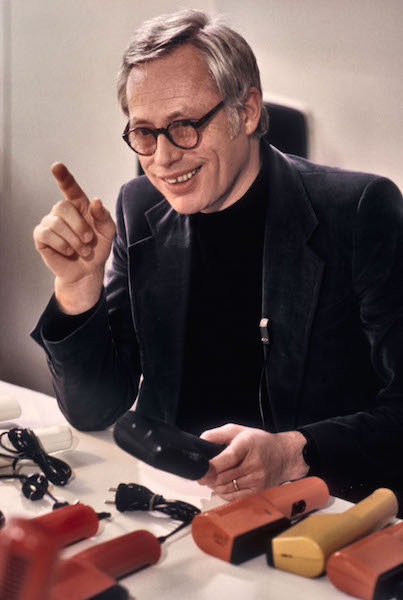
Martyn Goddard/Alamy
With electronics, Rams’s foremost consideration was: design it so that the customer will never have to read a manual. All of the parts are where they should be, and how they should be used is intuitive. Don’t we wish that all designers thought that way?
In terms of furniture, Rams, inspired by Charles and Ray Eames, conceived a component system of seating in which the same parts could form an armchair, a sofa, or a footstool. This plush, leather-upholstered, feather- and foam-stuffed seating system can be shipped flat-packed, resulting in great savings for the customer. His timeless shelving system is exquisitely detailed, and like his seating, is still in production after more than sixty years.
Rams worked by a set of ten principles, words all designers and shoppers would do well to consider.
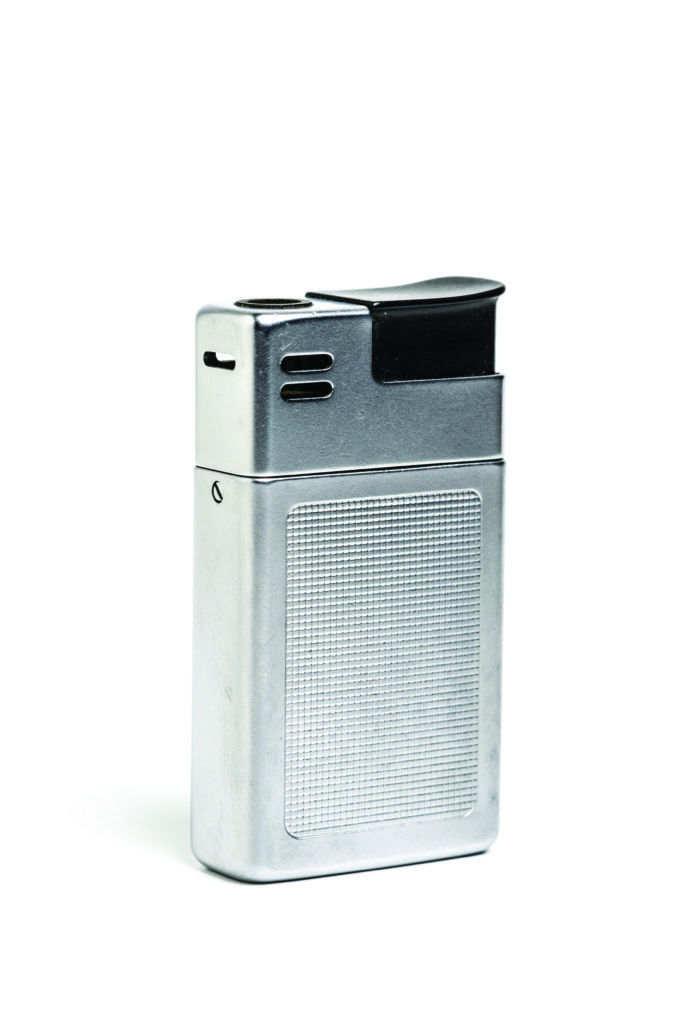
CM Studio/Alamy
Good design is innovative
The possibilities for innovation are not, by any means, exhausted. Technological development is always offering new opportunities for innovative design. But innovative design always develops in tandem with innovative technology, and can never be an end in itself.
Good design makes a product useful
A product is bought to be used. It has to satisfy certain criteria, not only functional, but also psychological and aesthetic. Good design emphasizes the usefulness of a product whilst disregarding anything that could possibly detract from it.
Good design is aesthetic
The aesthetic quality of a product is integral to its usefulness because products we use every day affect our person and our well-being. But only well-executed objects can be beautiful.
Good design makes a product understandable
It clarifies the product’s structure. Better still, it can make the product talk. At best, it is self- explanatory.
Good design is unobtrusive
Products fulfilling a purpose are like tools. They are neither decorative objects nor works of art. Their design should therefore be both neutral and restrained, to leave room for the user’s self- expression.
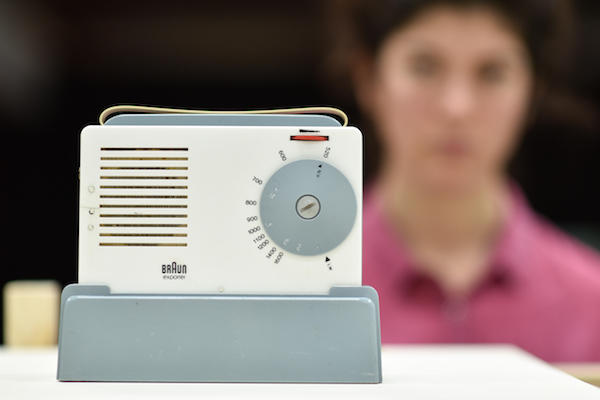
DPA Picture Alliance/Alamy
Good design is honest
It does not make a product more innovative, powerful or valuable than it really is. It does not attempt to manipulate the consumer with promises that cannot be kept.
Good design is long-lasting
It avoids being fashionable and therefore never appears antiquated. Unlike fashionable design, it lasts many years—even in today’s throwaway society.
Good design is thorough down to the last detail
Nothing must be arbitrary or left to chance. Care and accuracy in the design process show respect towards the consumer.
Good design is environmentally friendly
Design makes an important contribution to the preservation of the environment. It conserves resources and minimizes physical and visual pollution throughout the lifecycle of the product.
Good design is as little design as possible.
Less, but better—because it concentrates on the essential aspects, and the products are not burdened with non-essentials. Back to purity, back to simplicity.
Germany’s most successful postwar designer (he joined Braun Electronics in 1955 and his work with Vitsœ began around the same time), Dieter Rams studied first as an architect. An earlier Austrian architect, Adolf Loos, wrote in a 1908 essay words to the effect that “Ornament is crime.” I prefer the moral component of Dieter Rams’s work. When I see how fresh his designs look after sixty-plus years, and that the products still work, I imagine that Rams might side with Italian designer Massimo Vignelli in declaring “Obsolescence is a crime.”




